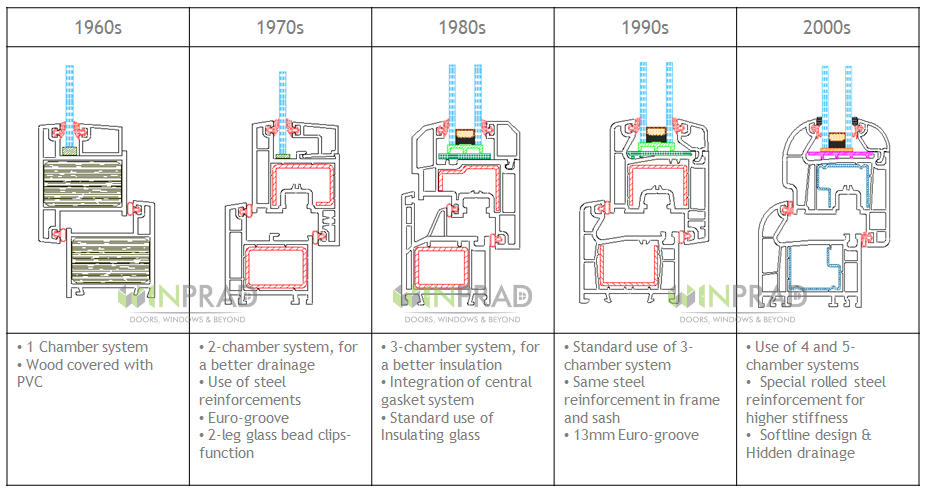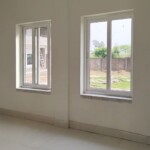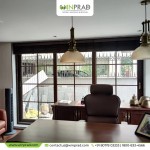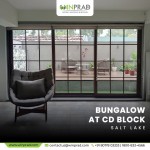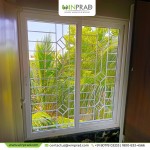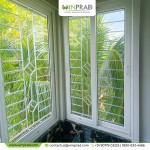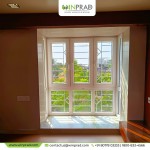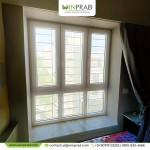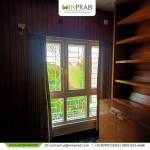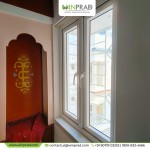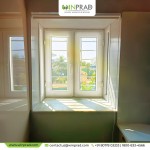How Windows Evolved
History of Windows
The English language-word window originates from the Old Norse vindauga, from vindr (“wind”) and auga (“eye”), i.e., “wind eye”. In Swedish, the word vindöga remains as a term for a hole through the roof of a hut, and in the Danish language ‘vindue’ and Norwegian Bokmål ‘vindu’, the direct link to ‘eye’ is lost, just as for ‘window’. The Danish (but not the Bokmål) word is pronounced similarly to window.
Window is first recorded in the early 13th century, and originally referred to an unglazed hole in a roof. Window replaced the Old English eagþyrl, which literally means ‘eye-hole,’ and ‘eagduru’ ‘eye-door’. Many Germanic languages, however, adopted the Latin word ‘fenestra’ to describe a window with glass, such as standard Swedish ‘fönster’, or German ‘Fenster’.
The use of window in English is probably because of the Scandinavian influence on the English language by means of loanwords during the Viking Age. In English, the word ‘fenester’ was used as a parallel until the mid-18th century. Fenestration is still used to describe the arrangement of windows within a façade, as well as defenestration, meaning to throw something out of a window.
In the 13th century BC, the earliest windows were unglazed openings in a roof to admit light during the day. Later, windows were covered with animal hide, cloth, or wood. Shutters that could be opened and closed came next. Over time, windows were built that both protected the inhabitants from the elements and transmitted light, using multiple small pieces of translucent material, such as flattened pieces of translucent animal horn, thin slices of marble, E.g., fengite, or pieces of glass, set in frameworks of wood, iron or lead.
In the Far East, paper was used to fill windows. The Romans were the first known to use glass for windows, a technology likely first produced in Roman Egypt. Namely, in Alexandria ca. 100 AD cast glass windows, albeit with poor optical properties, began to appear, but these were small thick productions, little more than blown glass jars (cylindrical shapes) flattened out into sheets with circular striation patterns throughout. It would be over a millennium before a window glass became transparent enough to see through clearly, as we think of it now.
Over the centuries techniques were developed to shear through one side of a blown glass cylinder and produce thinner rectangular window panes from the same amount of glass material. This gave rise to tall narrow windows, usually separated by a vertical support called a mullion. Mullioned glass windows were the windows of choice among European well-to-do, whereas paper windows were economical and widely used in ancient China, Korea, and Japan. In England, glass became common in the windows of ordinary homes only in the early 17th century whereas windows made up of panes of flattened animal horn were used as early as the 14th century.
Modern-style floor-to-ceiling windows became possible only after the industrial plate glass making processes were perfected. Modern windows are usually filled with glass, although a few are transparent plastic.
Chronology of Windows
Chronology of Windows
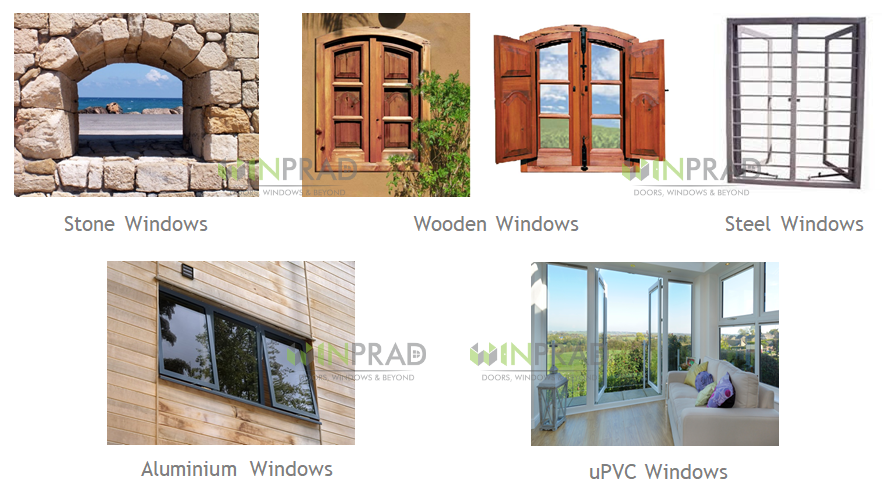
Development in uPVC Windows over the years
Development in uPVC Windows
